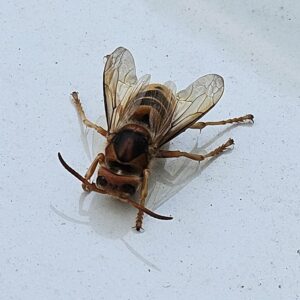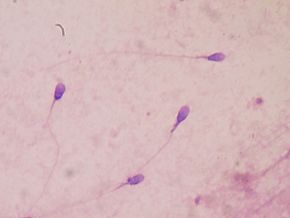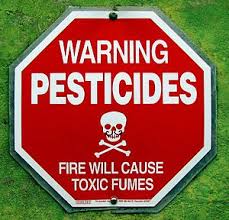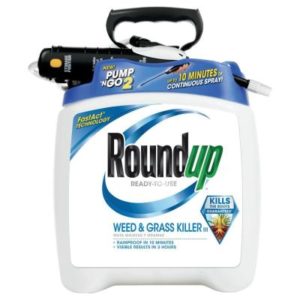 The province of New Brunswick in Canada is home to a mysterious cluster of brain diseases in some of its residents - even in young persons in their 20s and 30s. The numbers of persons stricken (currently 430) with neurodegenerative brain diseases and dying is growing, and at this time no one knows exactly why this is happening.
The province of New Brunswick in Canada is home to a mysterious cluster of brain diseases in some of its residents - even in young persons in their 20s and 30s. The numbers of persons stricken (currently 430) with neurodegenerative brain diseases and dying is growing, and at this time no one knows exactly why this is happening.
One possibility is pesticide exposure, especially the pesticide (herbicide) glyphosate. Glyphosate is heavily used in the province in the forest industry, which is also a main industry. The herbicide is heavily used in clear cuts and tree plantations.
Lab tests found incredibly high levels of the pesticide glyphosate in the persons with the neurological symptoms. But after these results were revealed, the provincial government basically shut all research down. A doctor who was instrumental in bringing attention to this mysterious brain disease cluster was muzzled. Uh oh... a political and industry cover up?
The NY Times did an in-depth investigation, and the article written by Greg Donohue makes for fascinating reading. They All Got Mysterious Brain Diseases. They're Fighting to Learn Why.
The article pointed out that recent studies have shown that glyphosate crosses the blood-brain barrier, and that chronic exposure can lead to neurological inflammation that can trigger Alzheimer’s disease. There is a link between glyphosate and an increased risk for Parkinson's disease and other health problems, including cancer.
A further discussion of that investigation and the role of pesticides (glyphosate) in brain diseases. Good list of references for more information. Excerpts from Beyond Pesticides: One Of World's Largest Dementia Clusters In Young People May Be Tied To High Blood Levels Of Glyphosate
A piercing investigative article in the August 14 New York Times by journalist Greg Donahue reveals the abandonment of a group of brain disease patients in an area of Canada with forestry management for paper products, agriculture, and large amounts of pesticide use, including glyphosate. ...continue reading "Brain Disease Cluster In Canada"




 This year a number of persons reported to me that when their neighbors started with mosquito and tick control pesticide applications, they no longer have bees or butterflies in their yards. Even if they have lots of bee and butterfly friendly flowers, or lots of clover - they now rarely or never see bees and butterflies. This has also been my experience.
This year a number of persons reported to me that when their neighbors started with mosquito and tick control pesticide applications, they no longer have bees or butterflies in their yards. Even if they have lots of bee and butterfly friendly flowers, or lots of clover - they now rarely or never see bees and butterflies. This has also been my experience. Bees are pollinators
Bees are pollinators
 Update to the toxic pesticide acephate story of
Update to the toxic pesticide acephate story of  For a while now researchers have been finding that certain environmental chemical exposures are linked to the development of amyotrophic lateral sclerosis (ALS), which is commonly called Lou Gehrig's disease. Frequent exposure to pesticides and heavy metal and VOC exposure in solvents (e.g., in woodworking) are linked to ALS.
For a while now researchers have been finding that certain environmental chemical exposures are linked to the development of amyotrophic lateral sclerosis (ALS), which is commonly called Lou Gehrig's disease. Frequent exposure to pesticides and heavy metal and VOC exposure in solvents (e.g., in woodworking) are linked to ALS. People don't realize the incredibly large amounts of pesticides applied to crops and soil in the US each year.
People don't realize the incredibly large amounts of pesticides applied to crops and soil in the US each year.